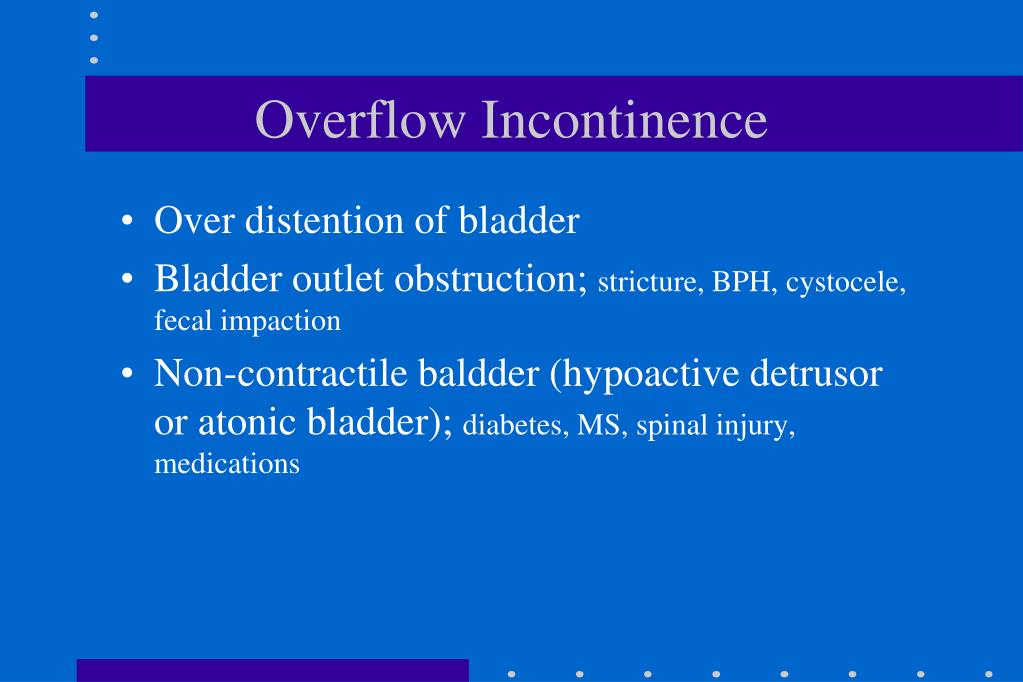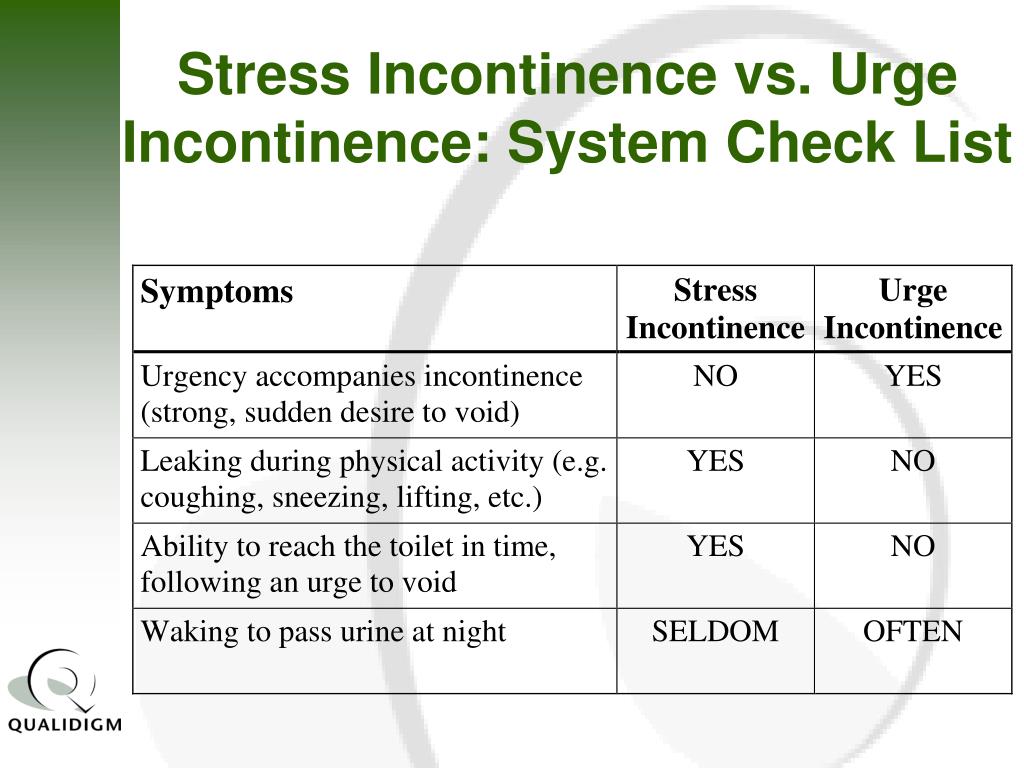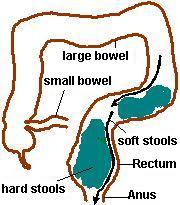
For the treatment of grade III internal hemorrhoids, surgical hemorrhoidectomy has higher remission rates but increased pain and complication rates compared with rubber band ligation. Grades I through III internal hemorrhoids can be managed with rubber band ligation. Thrombosed hemorrhoids are best treated with hemorrhoidectomy if symptoms are present for less than 72 hours. Symptomatic external hemorrhoids are managed with dietary modifications, topical steroids, and analgesics. Effective treatments for anal fissures include onabotulinumtoxinA, topical nitroglycerin, and topical calcium channel blockers. Pruritus ani, or perianal itching, is managed by treating the underlying cause, ensuring proper hygiene, and providing symptomatic relief with oral antihistamines, topical steroids, or topical capsaicin. Patients with red flags such as increased age, family history, persistent anorectal bleeding despite treatment, weight loss, or iron deficiency anemia should undergo colonoscopy. In addition to recognizing common benign anorectal disorders, physicians must maintain a high index of suspicion for inflammatory and malignant disorders. Medicines can also help the urine flow better.The prevalence of benign anorectal conditions in the primary care setting is high, although evidence of effective therapy is often lacking. This relieves pressure on the urethra so the bladder can empty more normally. Medicines can be used to make the prostate smaller. Some men may need a catheter to allow the bladder to empty normally. Overflow incontinence caused by an enlarged prostate is often treated with surgery to remove the obstruction, including transurethral resection of the prostate (TURP), a common procedure used to treat BPH.

Men can be treated for overflow incontinence with: Medicines are rarely used to treat overflow incontinence in women. Surgery may be needed to correct problems that cause overflow incontinence, such as obstructions or abnormal growths in the urinary tract. Foley catheters: The catheter remains in place continuously.


It is inserted into the bladder through the urethra. A catheter is a thin, flexible tube that allows urine to drain out. Women can be treated for overflow incontinence with: How is overflow incontinence treated? In women Difficulty urinating even while feeling the urge to urinate.A urine stream that stops and restarts during urination.A feeling of fullness in the bladder even after urination.Symptoms of overflow incontinence include: Weakness in the muscle that expels urine from the bladder (detrusor).When blockage occurs in males, it is usually caused by an enlarged prostate gland (benign prostatic hyperplasia, or BPH), cancer of the prostate, or a narrowing of the urethra. This blockage could be a bladder stone or a urinary tract tumour that constricts the urethra. Or they may make it harder for the bladder to contract. They may make it hard to tell when your bladder is full. Examples include diabetes and multiple sclerosis. It then leaks urine later, even though you feel no urge to urinate. Since your bladder doesn't empty as it should, it gets too full. This can be due to a weak bladder muscle or to blockage. Overflow incontinence means that you have the urge to urinate but can release only a small amount.

Conditions Basics What is overflow incontinence?


 0 kommentar(er)
0 kommentar(er)
